
Opened in 1970, the Coastal Path was the first National Trail in Wales. 75% lies within designated conservation sites and 85% within the boundaries of the Pembrokeshire Coast National Park.
The 186-mile stretch offers spectacular coastal scenery and wildlife. From St Dogmaels in the north to Amroth in the south, the trail covers almost every kind of maritime landscape from rugged cliff tops and sheltered coves to wide-open beaches and winding estuaries.
The Coastal Path represents a formidable physical challenge - its 35,000 feet of ascent and descent is said to be equivalent to climbing Everest — yet it can also be enjoyed in shorter sections, with the small coastal villages strung out along its length offering welcome breaks and added enjoyment.
The Vikings left a legacy of place names in the area such as Goodwick near Fishguard and the islands of Skomer and Skokholm.
The Normans built massive castles at Pembroke, Tenby and Manorbier, to assert their authority. Today these castles are reminders that, despite its peripheral geographical position, Pembrokeshire once played a key role in major events. Henry Tudor (Henry VII) was born in Pembroke Castle and, following his exile in France, landed at Mill Bay near Dale in 1485 on his way to capture the crown at the Battle of Bosworth. In the 17th century, the County was the scene of Civil War conflict with Oliver Cromwell laying siege to Pembroke Castle.
In 1797 a ragged French force made an abortive landing near Fishguard only to be repelled by townspeople and the Castlemartin Yeomanry. Today a stone on the coast path at Carreg Wastad marks this as the 'Last Invasion of Britain'. Fear of attack from the west led the Victorians to build a string of Napoleonic forts along the south coast and the Milford Haven waterway.
Today the Milford Haven waterway, whose natural harbour once so impressed Admiral Lord Nelson, is still an industrial hub. Despite recent closures, two oil refineries remain with LNG installations and a new power station planned.
But these developments have little impact on the majority of the trail where the largest industry is tourism. It is in these quieter, remote and wild places frequented largely by birds and visited occasionally by grey seals, that the spell of old Pembrokeshire - the ancient ‘Land of Mystery and Enchantment’ (Gwlad Hud a Lledrith) remains.






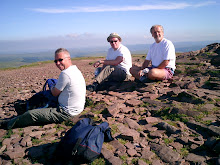


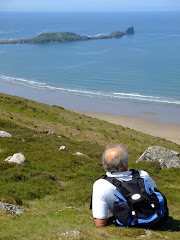


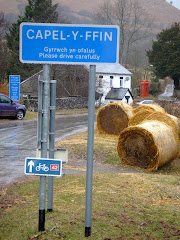
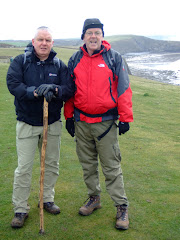


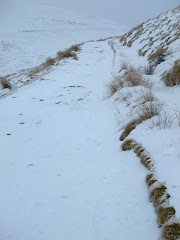


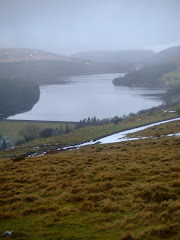





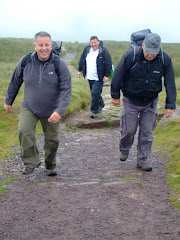








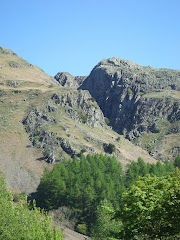
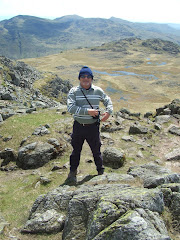
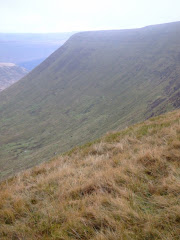

No comments:
Post a Comment